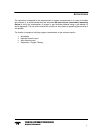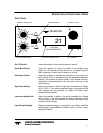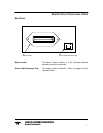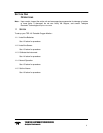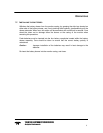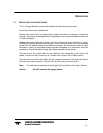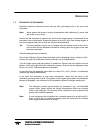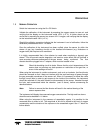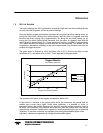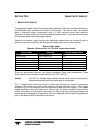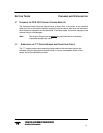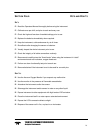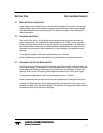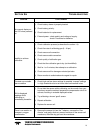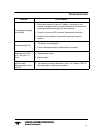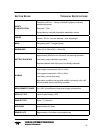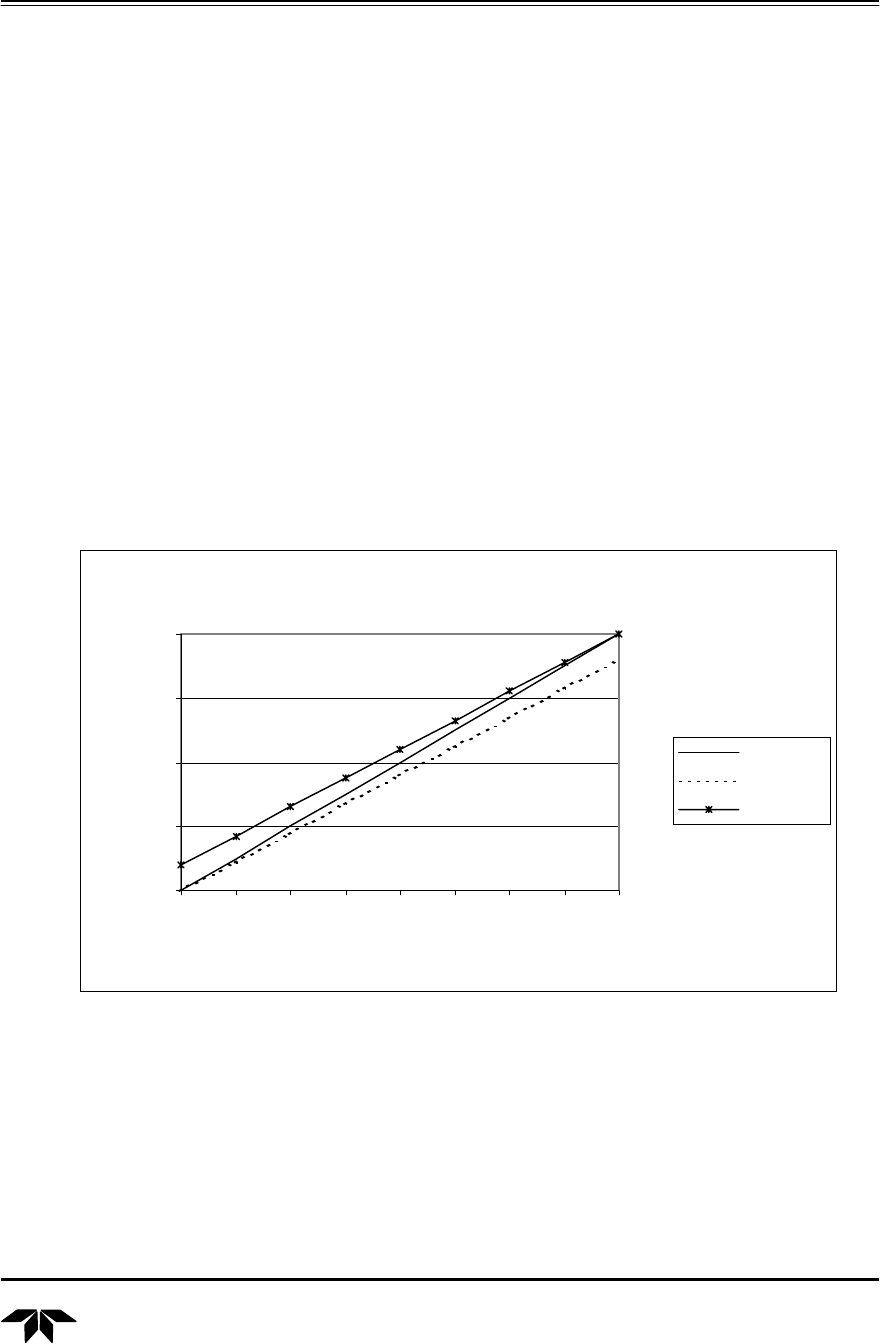
13
TELEDYNE ELECTRONIC TECHNOLOGIES
Analytical Instruments
O
PERATIONS
1.6 S
ET THE
A
LARMS
The lines indicating the 100% graduations around the High and Low Alarm Settings Knobs
are only intended as guides, and not as precise settings.
Once the desired oxygen concentration has been set, bring the high alarm setting down, by
turning the High Alarm Setting Knob anti-clockwise, until the alarm is triggered, and then
take the high alarm setting up by approximately 5%. Bring the low alarm setting up, by
turning the Low Alarm Setting Knob clockwise, until the alarm is triggered, then take the
setting down by approximately 5%. These settings will create a “window” of approximately
10%, within which the set oxygen concentration will now be measured. This window can be
increased or decreased, according to the users requirements. Any deviation from this set
window will trigger the alarm.
The graph alarm is accurate at 100% and within ±8% at 21%, and the low alarm is most
accurate at 21%, and within
±
8% at 100%. This is depicted in the graph below.
The instrument will alarm at any oxygen concentration below 18%.
In the event of a violation of the pre-set alarm limits, the instrument will provide both an
audible and a visual alarm signal. Under these conditions, it is possible to “mute” or
temporarily silence the audible alarm tone for about 60 seconds to allow corrective action to
be taken. If the condition is not rectified within this time, then the audible alarm tone will be
automatically reinstated. Audible alarm signals are tonally matched to the type of threshold
violations i.e. low alarm violations are signalled via a lower pitched audible signal, while
high alarm violations are signalled via a higher pitched audible signal.
Oxygen Monitor
Alarm Setting Tolerances
20
40
60
80
100
20 40 60 80 100
Oxygen Concentration Reading
Alarm Setting
Alarm Point
Low Alarm
High A larm



